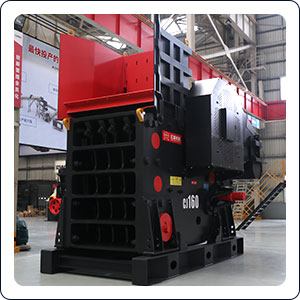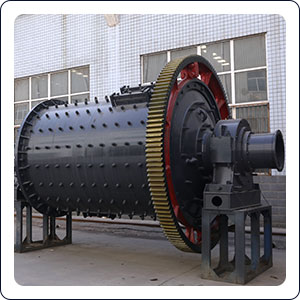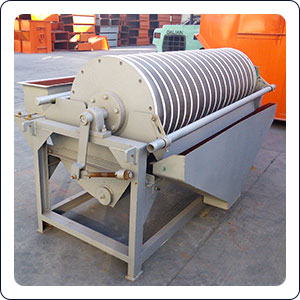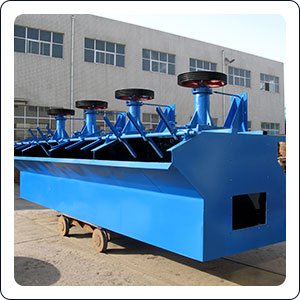Pyrophyllite is typically marketed as a powder, produced by crushing and grinding raw ore. This powder is used in construction, as filler, and more. Especially in high-end sectors like ceramics and electronics, highly purified pyrophyllite powder is sought after.
Curious about how pyrophyllite powder is processed for various applications? Keep reading.
What wonders does Pyrophyllite hold?
Pyrophyllite, a silicate mineral represented by the chemical formula Al2Si4O10(OH)2, is frequently discovered alongside minerals like quartz, mica, and kaolin. It boasts a soft texture, ranking at 1–2 on the Mohs scale, and typically exhibits a radial or leaf-like structure.
This mineral is found in a variety of colors, including brown-green, brown-yellow, gray-green, and gray-white. With a low coefficient of expansion and high-temperature resistance, pyrophyllite transforms mullite, a material with stable chemical properties, at approximately 1200°C.
Pyrophyllite is commonly processed into powder and commercialized. There is a rising industrial demand for low-purity pyrophyllite powder. However, due to the presence of impurities, the application of low-purity pyrophyllite powder is still limited, and high-purity pyrophyllite powder has emerged.
How to Process Low-Purity Pyrophyllite Powder?
Low-purity pyrophyllite powder typically contains 10%–20% Al2O3 and is directly sold post-crushing and grinding. This type of powder finds wide application in building materials, fillers, and other general uses. For processing, a jaw crusher is recommended for crushing, while grinding can be done using a ball mill or Raymond mill.
Crushing

For pyrophyllite with a fine texture and low hardness, a jaw crusher is a preferable choice. At this point, the jaw crusher must reduce the pyrophyllite to a size less than 25 mm. Once the particles are reduced to this size, they proceed to the grinding stage.
Grinding
For grinding, FTM Machinery offers ball mills or Raymond mills, which can be selected based on specific needs.


If your pyrophyllite particles have high humidity, low crushing efficiency, and specific particle size requirements, and you're working within a limited budget, consider using a ball mill for grinding. The FTM Machinery ball mill is versatile, suitable for both dry and wet grinding, and doesn't require strict material humidity conditions.
For pyrophyllite particles with low humidity, a sufficient budget, and high standards for grinding powder size and efficiency, consider an FTM Machinery Raymond Mill. This mill can adjust grinding parameters to handle higher hardness ores.
Both mills should be equipped with pulse dust collectors to reduce dust pollution. After grinding, pyrophyllite is screened by a classifier. Unqualified powder is recycled for further grinding, while qualified powder can be packaged and sold.
How to process High-Purity Pyrophyllite Powder?
High-grade pyrophyllite powder is obtained by purifying low-grade pyrophyllite. This high-grade powder is a valuable, expensive product used in refractory materials, ceramics, and electronics. Currently, the price of pyrophyllite powder with about 27% Al2O3 can reach US$480/ton.
If you're interested in purifying low-grade pyrophyllite powder, consider the following steps: use a magnetic separator to remove iron, employ flotation to eliminate associated mineral impurities, and possibly calcinate the material in a rotary kiln to enhance its whiteness.
Magnetic separation
Low-purity pyrophyllite powder contains magnetic substances like hematite and pyrite, which can lead to surface contamination in ceramics, lower the melting point in refractory materials, and reduce transparency in glass fibers.
To purify pyrophyllite powder, the iron content needs to be reduced to 0.5%–1%. Using an FTM magnetic separator is recommended for removing hematite and pyrite from the powder.

Flotation separation
After iron removal, the iron content in pyrophyllite powder decreases, yet a significant amount of associated ore impurities such as quartz, feldspar, and kaolinite remain. To remove these impurities, the flotation process is recommended.

Before adding a collector, the slurry's pH needs adjustment. Pyrophyllite exhibits poor floatability under alkaline conditions but performs better in weakly acidic media. It's suggested to maintain a PH of around 4.5 and monitor the process, adding diluted NaOH or HCl to adjust the pH as needed.
For flotation, the cationic reagent dodecylamine is recommended as a collector. Introducing dodecylamine into the slurry at a pH of 4.5 results in the highest pyrophyllite flotation efficiency, reaching up to 96%, due to electrostatic forces on the mineral surface.
Flotation produces pyrophyllite powder with high Al2O3 content and inherent whiteness, eliminating the need for further calcination or whitening.
After flotation, the pyrophyllite powder can be dried with a rotary drum dryer. However, there may be agglomeration or uneven particle sizes after drying, which is not ideal for subsequent processing. To achieve a more uniform particle size, the dried powder can be further ground using a ball mill or Raymond mill.
References
Pyrophyllite: An Economic Mineral for Diverse Industries
Pyrophyllite from Orissa, India: Characterization and Beneficiation

